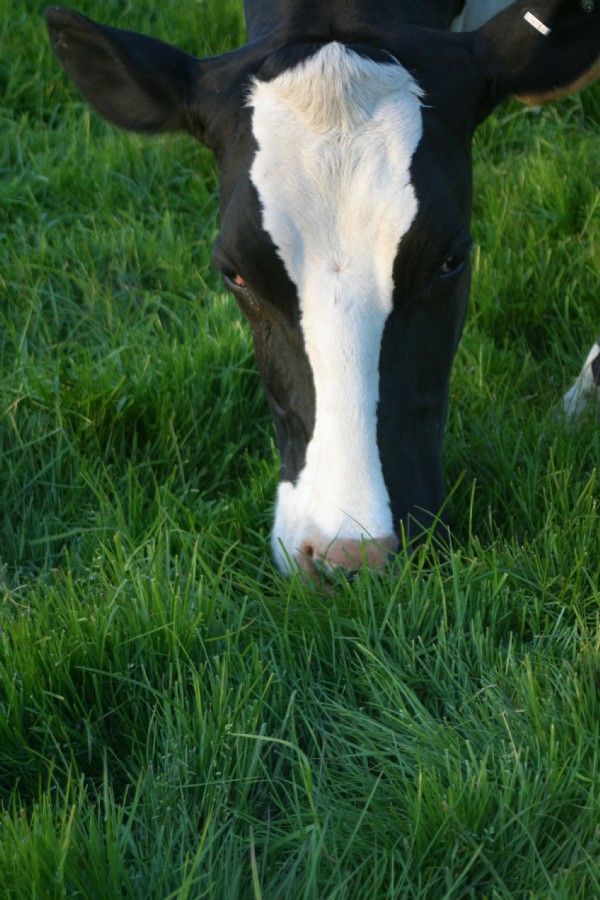

Grazed grass is by far the most important and economical feed and can provide around two thirds of forage on dairy farms.
While perennial ryegrass leys are highly nutritious and remain the cornerstone for intensive grazing systems, and some farmers have good reason to grow single species swards, there’s an increasing interest in diverse mixtures, which bring many benefits.
A single grass alone will be lower yielding and more vulnerable to failure or poor performance due to pests, disease or the effects of unusual weather. However, a mix containing cocksfoot and clover will continue to produce even when there has been no rain for weeks. Diverse mixtures also produce better seasonal distribution of growth, since grasses give high yields during May and June and clovers produce theirs in July and August, providing year round forage.
Critically, it is the contribution of both grass and clover that provides the optimum balance between bulk yield and feed value. Timothy and meadow fescue are generally considered to be the most palatable of the permanent grasses. Although they may lack some of the digestibility associated with ryegrass, they are consumed readily by the grazing animal. In addition, when grown with red and white clovers, the forage produced will be higher in protein and are more digestible. Animals therefore grow faster and ‘do’ better on a mix of clover and grass.
Nitrogen fertiliser is one of the largest costs to livestock farmers at around £200 per hectare. Now, in light of unpredictable fertiliser prices, many farmers are sowing high-clover leys to lower the cost of forage production as white clover and other nitrogen fixing legumes can reduce or replace the need for artificial nitrogen.
Growing demand from consumers for pasture/grass-fed meat, is increasing the interest from farmers for grazing options.
Date Posted: 17th January 2018



